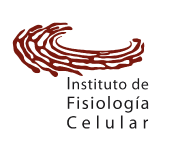ABSTRACT
Chromatin immunoprecipitation followed by sequencing (ChIP-seq) is a method designed to detect interactions between chromatin and the proteins bound to it. This method has been widely used for characterizing epigenetic landscapes in many cell types; however, a limiting factor has been the requirement of a high number of cells. Here, we describe a protocol for ChIP in epidermal cells from a newborn mouse, purified by fluorescence-activated cell sorting (FACS). This protocol has been optimized specifically for prefixed, low cell numbers, resulting in enough immunoprecipitated DNA suitable for genome-wide analysis.



